
French designer Philippe Starck. Image by JB Mondino.
Legendary French designer Philippe Starck gives Mark C. O’Flaherty his radical vision of the future: a time when designers won’t be needed – and maybe even chairs
“I’m not interested in aesthetics anymore,” says Philippe Starck, sipping on a glass of mineral water in the Royal Academy in London. “I am interested only in our evolution, and how the intelligent craft of human production is going to be rerun by dematerialisation. We are working on making things disappear.” As Starck speaks, I notice the periodic flashing of a red LED from beneath the skin on a fingertip of his left hand. It’s extraordinary. I ask him what it does – is it connected somehow to his laptop, perhaps? “Ah, it’s magic!” he says, cryptically, before steering the conversation to his ongoing project with the Roederer champagne house: “I never wanted to just design a bottle, I wanted to share in the making of what was inside. And it was about creating something that had less in it, nothing added, no sugar.”
Follow LUX on Instagram: luxthemagazine
We are at the Royal Academy for the launch of the new Roederer-Starck 2012 rosé champagne, where he is judging a competition between 13 artists at the Academy’s Schools to interpret the taste of the champagne through their art. His choice of winner – a white-on-white embossed spiral on paper called Cycles, by Sofía Clausse – is apposite for his ongoing philosophy of design: “It was the most accessible piece,” he says, “It was simple. It captured the spirit of champagne, which to me isn’t a wine, or a reality, but an idea.”

Starck’s AI Chair for Kartell
When the world first caught sight of Philippe Starck’s work in the 1980s, the Parisian-born designer had been creating products for a new way of living. He was changing the vocabulary of interiors, rephrasing the language with futuristic accents on everyday items. His choice of materials was aggressively different from the tradition of French design – he selected transparent plastics, metallics and pop colours. He was as New Wave as the cinema of Luc Besson and Jean-Jacques Beineix and of the architecture of Jean Nouvel. Today, at 70, he is one of the most prolific designers who has ever lived, having created literally (his studio can offer no official number) countless products from clocks to yachts. Today, he still works on an average of 200 projects a year. And yet, as he tells me, he believes that “fifteen years from now, thanks to technology, every material obligation will have disappeared.”
Read more: Chaumet’s CEO Jean-Marc Mansvelt on historic innovations
How does a designer who has been apocryphally credited with 10,000 products balance his current view of a future with nothing in it, with his business model? “The business element will shift,” he says. “We debuted the AI chair with Kartell at Salone del Mobile in Milan this year, and it was the first of its kind ever to be created with artificial intelligence. AI is going to create a new freedom in design. With AI, we can now ask any question, but it’s all about knowing the right question.” He also sees a time beyond furniture. “Design as we know it will be dead,” he says. “There will be better solutions to sitting down than a chair. I think a chair has always put you physically in a bad position. We can do better than a chair.”

The entrance to the Starck-designed L’Avenue restaurant at Saks Fifth Avenue, New York, with stained glass by his daughter Ara
Starck has always been radical. In 1984 he created the interior for Café Costes in Les Halles. With its theatrical blue staircase and oversized minimal clock, it was as much a postmodern landmark leisure-time interior as Ben Kelly’s Haçienda in Manchester, and Arata Isozaki’s Palladium in New York City. All were created in the same decade, but Starck’s project was notably more dramatic because of its location. This was Paris, a city still stuck in Belle Époque aspic. French design was frozen in curlicues and froth. Starck was an iconoclast.


Entries to the Brut Nature competition from Royal Academy students, with (top) The Philosophers’ Reserve by Max Prus, and (here) Tidally locked by Olu Ogunnaike
After a series of successful Paris interiors, he was aligned for a long period with Ian Schrager’s fantastical hotel projects, bringing some of the eccentric visual flair that Schrager and his late business partner Steve Rubell brought to Manhattan nightlife with Studio 54. There was a fairytale, supersized element to much of what he did, from elevated swimming pools to triple-height billowing curtains. From the Royalton in Times Square in 1988 onwards, their partnership helped take Starck’s name and distinctive, witty style to the world.
Read more: Founder of Nila House Lady Carole Bamford’s guide to Jaipur
While his peers, including Marc Newson – who currently holds the record for a design object at auction after one of his Lockheed Lounge chairs sold for over £2 million in 2015 – focused on rarefied edition pieces, Starck focused on mass production. A rare blue glass Illusion Table sold for $50,000 a decade ago, but Starck is known more for his alien-looking Juicy Salif lemon squeezer – which first appeared in 1990 – and continues to be one of Alessi’s best-selling products of all time. At one point, the company produced 10,000 gold-plated versions, purely for display in the home (lemon juice discolours the surface). His transparent plastic chairs for Kartell – the La Marie, which launched in 1999, and the Louis Ghost armchair, which debuted three years later – are as instantly recognisable as any piece of furniture ever made. They brought avant-garde design to the mass market. But when plastics are being demonised, do his polycarbonate objects belong to the past? Starck remains a passionate cheerleader for the material. “For me, it’s the only way to achieve the quality product I want,” he says. “There is a great difference between single-use plastic and a chair that you can keep for a century or more. The media has created great confusion. I prefer to work with fossil energy than to cut down trees and I would rather use vinyl for upholstery than kill cows.”


Two further entries from Royal Academy of Arts students to the inaugural Brut Nature competition judged by Philippe Starck, with (top) Self-portrait as a Champagne Fountain (2019) by Clara Halstrup and (here) Sun on the coast of the moon by Richie Moment
One area in which he, and indeed most of us, remain guilty in terms of the unfolding climate crisis is in carbon emissions from flying. But Starck is one of the busiest designers on the planet, and for someone who still uses pen and paper and tactile models to create (“If you create using a computer, you are just creating within the frame of the guy who created the software!”), he needs to appear in person for projects. The day after we meet, he has to get up at 4am to catch a plane to Milan where he’ll be for a few hours before flying off again, heading further south. “It’s fine – I am so used to it,” he shrugs. “I once went to Seoul from Paris for three hours.” At 70, he shows no signs of slowing down, but when he takes time out, it’s the most understated resort he has ever designed that he likes to head to. “I like lots of places I have been involved with,” he says, “but the one I really love is La Co(o)rniche in the Bay of Arcachon near Bordeaux. It’s really just a few cabanas on top of the Dune de Pilat, the highest sand dune in Europe. You are there looking at the waves and the sunset and it feels like the best place in the world.”
The choice of a fairly rustic, nay, Zen destination ties in with his world view right now, and his intention to both continue democratising design and make it vanish. Just as he believes the future is chair-free, so he believes our everyday tools and indeed all of our furniture will go. “Designers won’t dictate the aesthetic in the future,” he says, “it will be down to your coach and dietician, because telephones and computers will disappear and everything we use will be incorporated within the body. We will be naked in an empty room, and we will be able to conjure flowers or whatever we want from nothing.” As Starck gesticulates, the red LED flashes on his finger tip again. “So, come on, tell me…,” I ask, “is that part of the new cyborg tech you are talking about?” He smiles. “Oh, this? I got it from the Harrods toy department. Fun isn’t it!?”
Louis Roederer and Philippe Starck
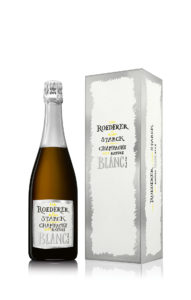 The recent launch of the 2012 Roederer and Starck rosé champagne marks 13 years of the designer’s collaboration with the French family-owned champagne house and maker of Cristal. Starck has been involved in each step of the production, including, of course, the champagne’s packaging. From the first brut-nature product in 2006, the champagne has been created sugar-free, with zero dosage. As Jean-Baptiste Lécaillon, Roederer’s chef de cave says: “We have used nature as our collaborator as much as anything with our work with Philippe – it is organic, with minimal intervention and a focus on the real taste of champagne. This came from our discussions with him.” The presentation attempts to democratise the luxury product – it looks more like a chic bottle of olive oil than a grand cru. The hand-lettering on the label and box and the rough line of fluorescent pen creating the edging makes it look effortless. As Frédéric Rouzaud, president and family scion of Louis Roederer says: “It represents spontaneity. He wanted a simple paper for the label, and just wrote by hand what the product is. He wanted it to be approachable, to speak to everyone.”
The recent launch of the 2012 Roederer and Starck rosé champagne marks 13 years of the designer’s collaboration with the French family-owned champagne house and maker of Cristal. Starck has been involved in each step of the production, including, of course, the champagne’s packaging. From the first brut-nature product in 2006, the champagne has been created sugar-free, with zero dosage. As Jean-Baptiste Lécaillon, Roederer’s chef de cave says: “We have used nature as our collaborator as much as anything with our work with Philippe – it is organic, with minimal intervention and a focus on the real taste of champagne. This came from our discussions with him.” The presentation attempts to democratise the luxury product – it looks more like a chic bottle of olive oil than a grand cru. The hand-lettering on the label and box and the rough line of fluorescent pen creating the edging makes it look effortless. As Frédéric Rouzaud, president and family scion of Louis Roederer says: “It represents spontaneity. He wanted a simple paper for the label, and just wrote by hand what the product is. He wanted it to be approachable, to speak to everyone.”
Find out more: louis-roederer.com & starck.com
This article was originally published in the Spring 2020 Issue.

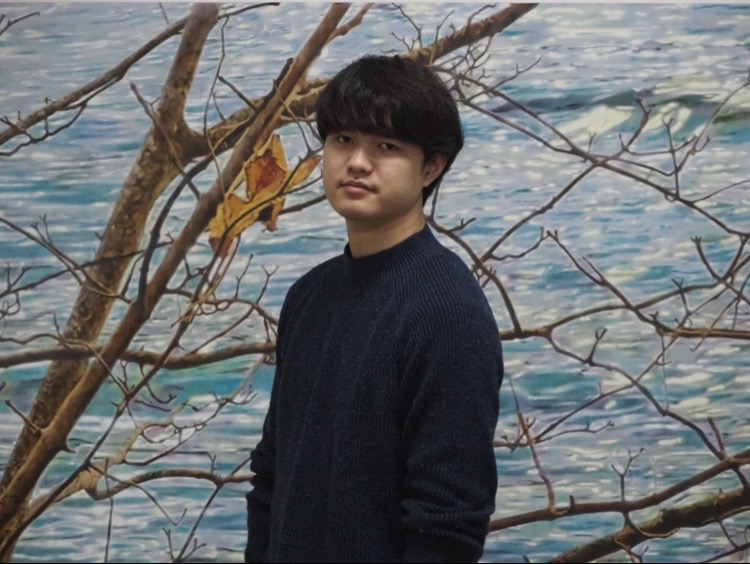
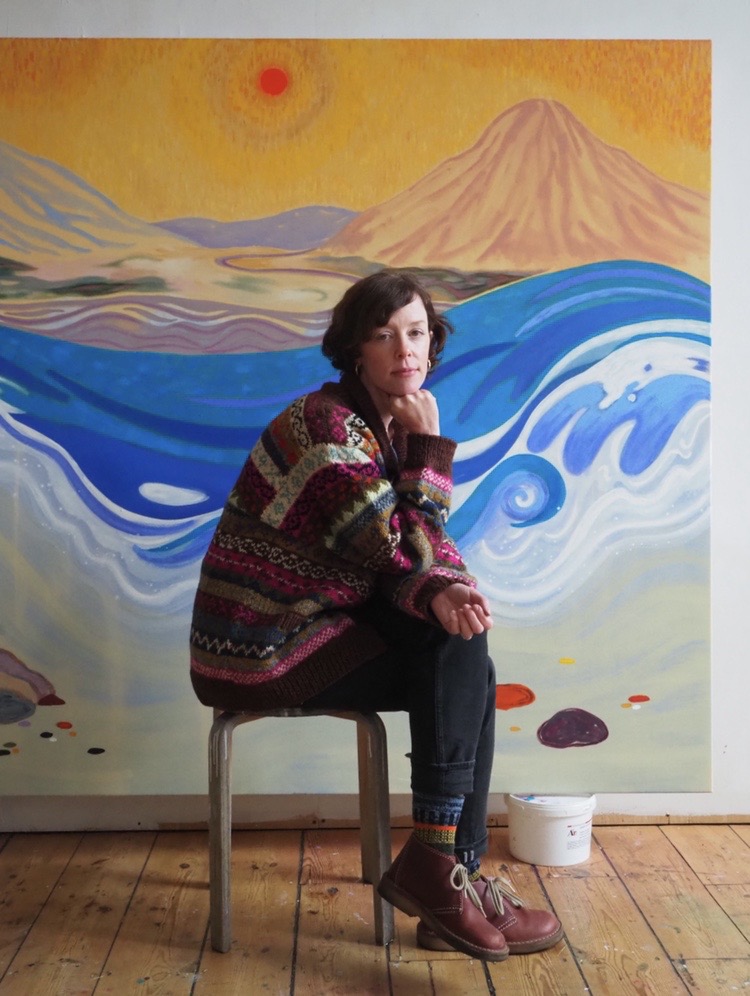



















 The recent launch of the 2012 Roederer and Starck rosé champagne marks 13 years of the designer’s collaboration with the French family-owned champagne house and maker of Cristal. Starck has been involved in each step of the production, including, of course, the champagne’s packaging. From the first brut-nature product in 2006, the champagne has been created sugar-free, with zero dosage. As Jean-Baptiste Lécaillon, Roederer’s chef de cave says: “We have used nature as our collaborator as much as anything with our work with Philippe – it is organic, with minimal intervention and a focus on the real taste of champagne. This came from our discussions with him.” The presentation attempts to democratise the luxury product – it looks more like a chic bottle of olive oil than a grand cru. The hand-lettering on the label and box and the rough line of fluorescent pen creating the edging makes it look effortless. As Frédéric Rouzaud, president and family scion of Louis Roederer says: “It represents spontaneity. He wanted a simple paper for the label, and just wrote by hand what the product is. He wanted it to be approachable, to speak to everyone.”
The recent launch of the 2012 Roederer and Starck rosé champagne marks 13 years of the designer’s collaboration with the French family-owned champagne house and maker of Cristal. Starck has been involved in each step of the production, including, of course, the champagne’s packaging. From the first brut-nature product in 2006, the champagne has been created sugar-free, with zero dosage. As Jean-Baptiste Lécaillon, Roederer’s chef de cave says: “We have used nature as our collaborator as much as anything with our work with Philippe – it is organic, with minimal intervention and a focus on the real taste of champagne. This came from our discussions with him.” The presentation attempts to democratise the luxury product – it looks more like a chic bottle of olive oil than a grand cru. The hand-lettering on the label and box and the rough line of fluorescent pen creating the edging makes it look effortless. As Frédéric Rouzaud, president and family scion of Louis Roederer says: “It represents spontaneity. He wanted a simple paper for the label, and just wrote by hand what the product is. He wanted it to be approachable, to speak to everyone.”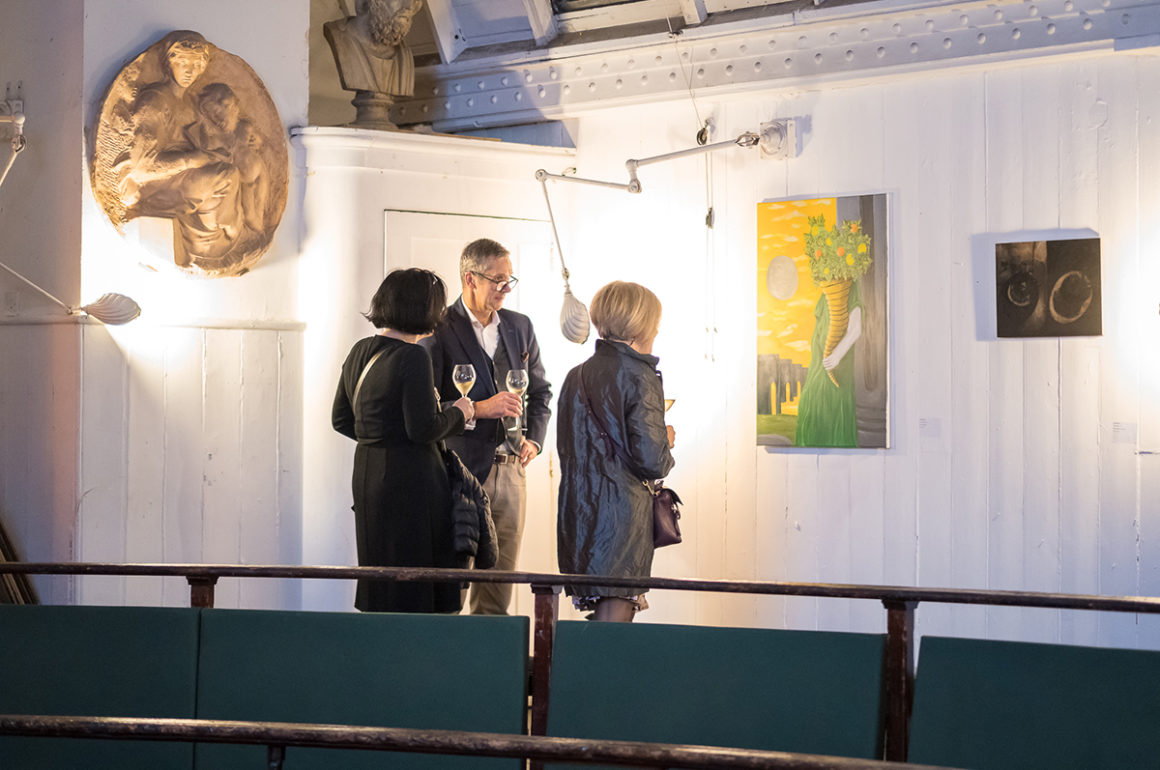

 Earlier this month, champagne house
Earlier this month, champagne house



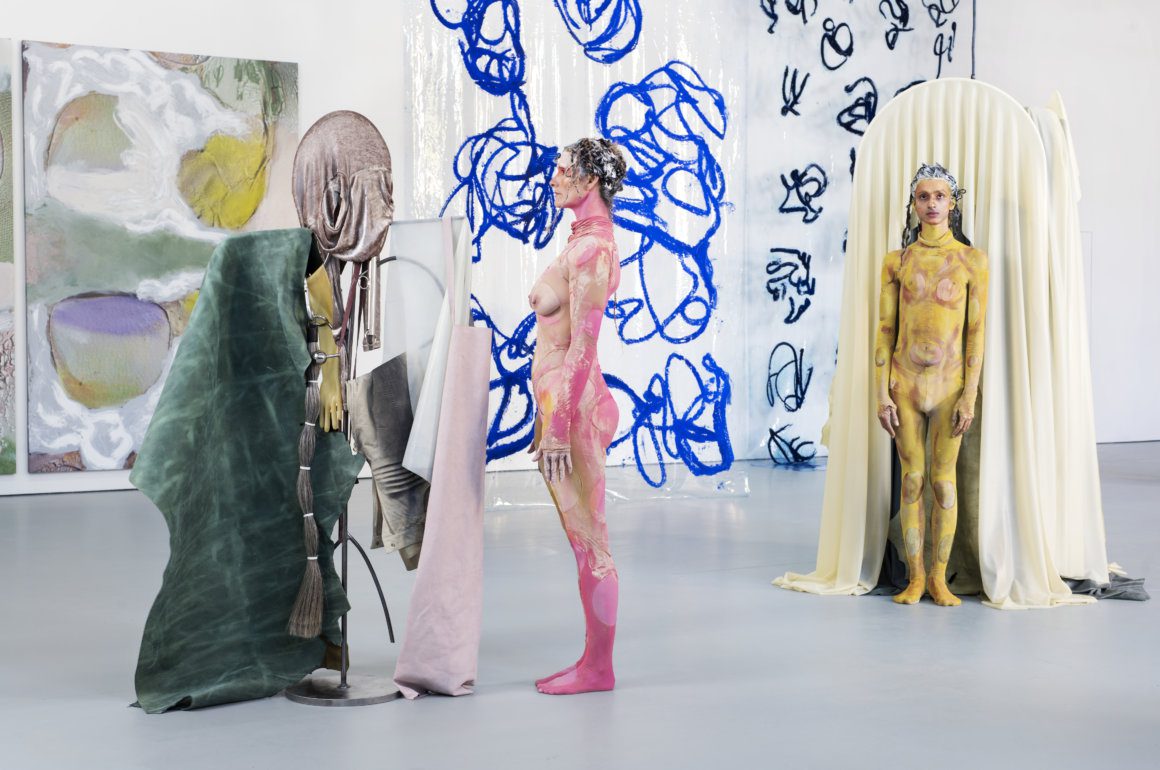









Recent Comments